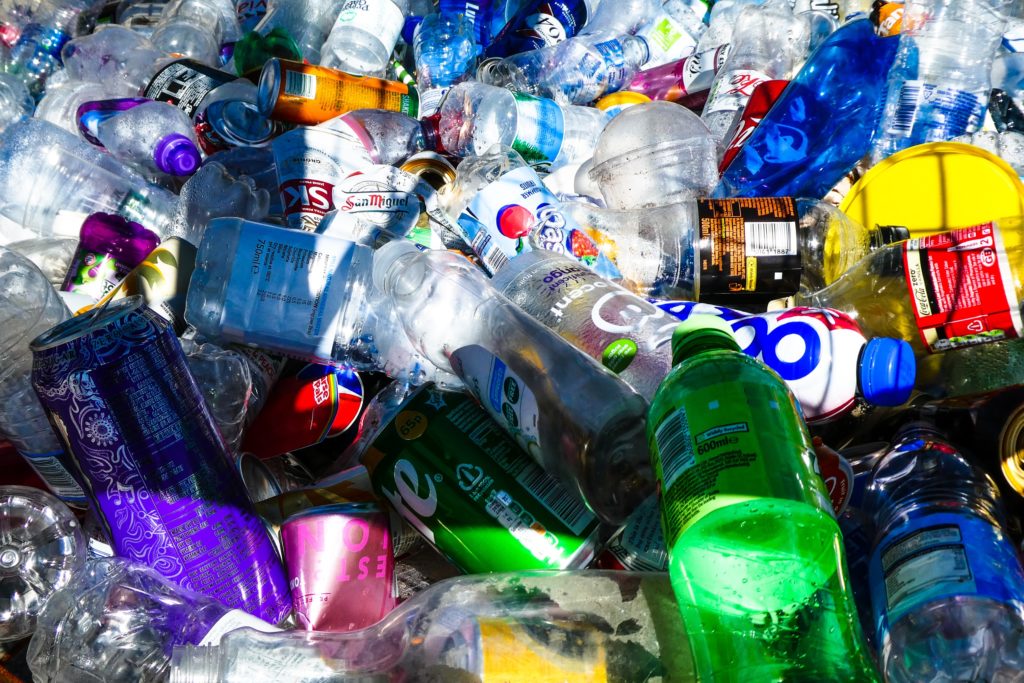
How to succeed in recycling? It’s not rocket science. Instead, it is a tried and tested proven strategy. Businesses can reduce waste, improve their diversion, and ensure their waste program functions effectively by following these 3 steps. Try it.
#1
Reduce Contamination, Maintain Value
When non-recyclable materials like liquids are placed in recycling bins, entire loads of recyclables may become soiled or contaminated, and will be treated as trash.
When the recycling stream is contaminated, the otherwise recyclable materials lose their value. Your business ends up paying to dispose of contaminated recyclables, most likely in a landfill. In addition, businesses are increasingly being charged higher fees by waste processors who have to deal with higher contamination rates and items like plastic bags, hangers, and other hazardous materials that may damage their equipment.
Holding the line on contamination is crucial to improving and increasing recycling. Here’s how to reduce contamination and maintain the value of your recyclables.
#2
Recycling Education
Recycling is a team effort. To make sure only clean recyclables are placed in the recycling stream, everyone involved must understand what can be recycled and how to recycle right.
As waste disposal costs increase, a focus on waste reduction and Zero Waste strategies will be increasingly important to your bottom line. Education is key to this.
Ensure all employees, tenants, janitorial teams, and any other stakeholders understand their responsibility.
Educate all employees, tenants and stakeholders: Make sure they know how your waste program works. This includes instructions on:
-
- How to avoid contamination (emptying and rinsing out food containers, and making sure everything is kept dry).
- Proper separation (using the proper designated bins for each type of recyclables in a dual-stream recycling system).
- How to avoid “Wishcycling” (tossing items into the recycling bin that you hope or wish can be recycled), which may contaminate your recyclables.
Train cleaning staff/janitorial crews on proper handling of waste and recycling, and how to prevent contamination. Your janitorial crews need support to ensure they can do their jobs properly and effectively, and avoid mistakes. Learn more about our training video for cleaning staff.
Install clear recycling instructions: Effective placement of signage and standardized labels are part of the solution.
#3
Conduct A Waste Audit
Along with other crucial data points, waste audits provide a data-driven picture of contamination.
A waste audit can provide a snapshot of missed opportunities, current waste diversion levels, potential diversion, and how effectively (or not) your waste programs are working. See how Great Forest’s waste audit helped to uncover opportunities for reducing one major NYC development’s waste removal costs by 75 percent.
Photo: Nick Fewings, Unsplash
